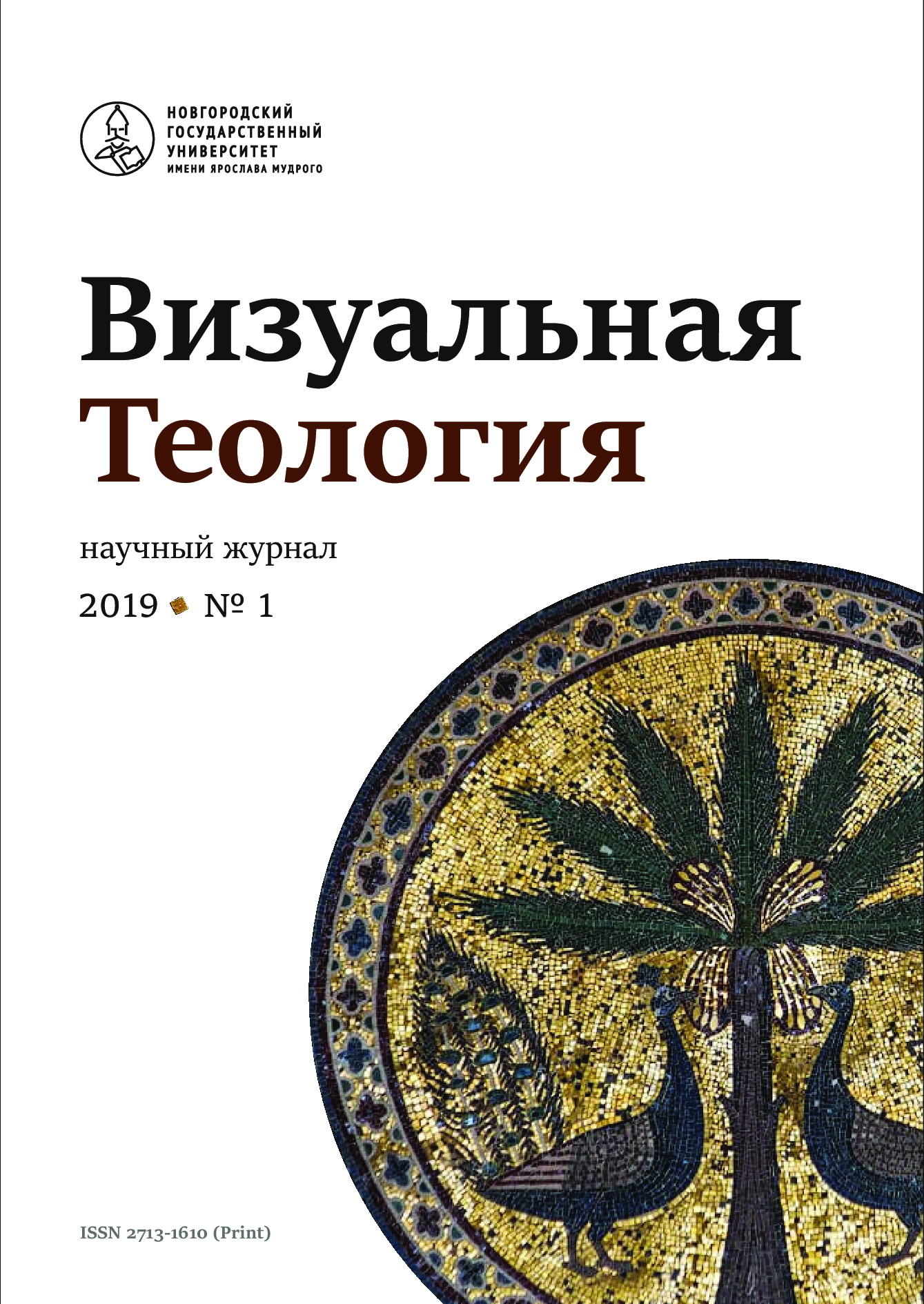Views of Christianity of the 2nd – 4th Centuries on Aesthetic Expression of Architectural Form. Symbolism of Architectural Forms in Early Christianity
Abstract
Alexey I. Komech (1936–2007) is a world-renowned Russian art critic, a recognized architectural critic, author of over 80 works in the field of Byzantine and Old Russian architecture, the theory and history of restoration, a photographer, and an active defender of Russian cultural heritage. In 1994–2007 Alexey Komech was the director of the State Institute for Art Studies. The activities of this scientist in preserving the architectural and urban planning heritage of Veliky Novgorod are widely known. The A. I. Komech International Prize has been awarded annually since 2008 for a socially significant civic stand in the protection and preservation of Russia’s cultural heritage. Two works by Alexei Komech, published in the mid-70s of the last century and not published anywhere else later, are placed below: Views of Christianity of the 2 nd – 4 th centuries on aesthetic expressiveness of architectural form. Culture and Art of Byzantium. Leningrad, 1975. P. 21–23; Symbolism of Architectural Forms in Early Christianity. The art of Western Europe and Byzantium. Moscow, 1978. P. 209–223. The first article summarizes those ideas, which are then thoroughly substantiated in the second. Based on the key theological texts of early Christianity, A. I. Komech reveals a direct semantic connection of architectural forms and principles of the space organization in the initial types of a Christian church (basilica, domed structure) with cornerstone concepts about the origin and structure of space, substantiates the mutual correlation of theological, ideological and aesthetic attitudes within the framework of a single and meaningful visual text of the Byzantine temple. The author shows how the building of the temple in its structure and design, in a combination of masses and volumes, light and shadow visually represents Christian concepts of space and time, of peace and movement, of sound and silence, of the transient and the eternal. The articles by Alexei I. Komech are classic academic texts that remain an important contribution to the study of visual semiotics of sacred architecture and don’t lose their relevance today. The articles retain author’s punctuation. All references are given in the original author’s edition.



